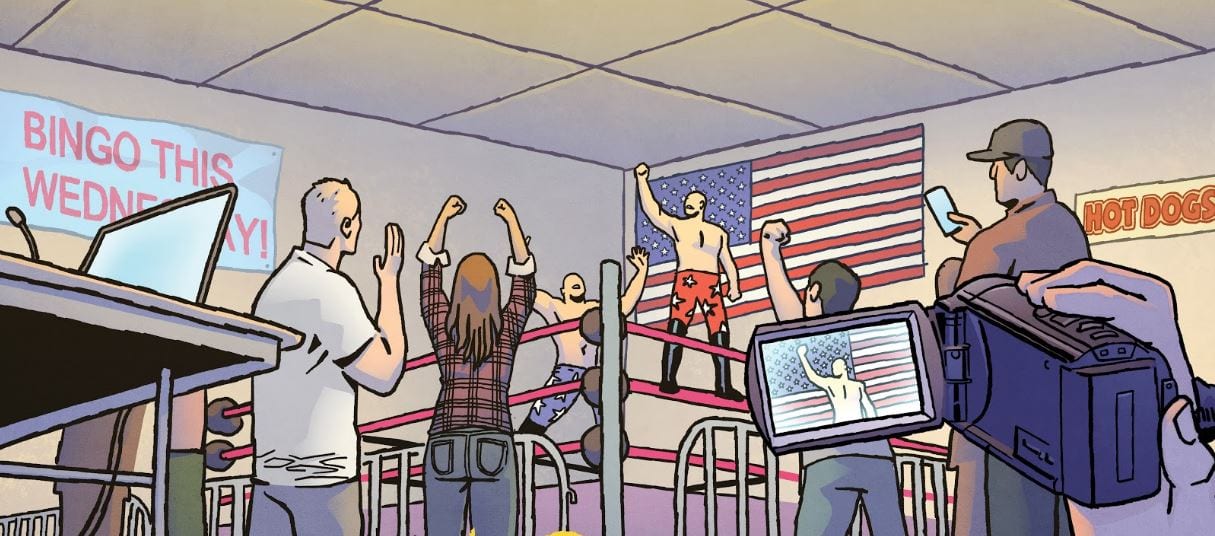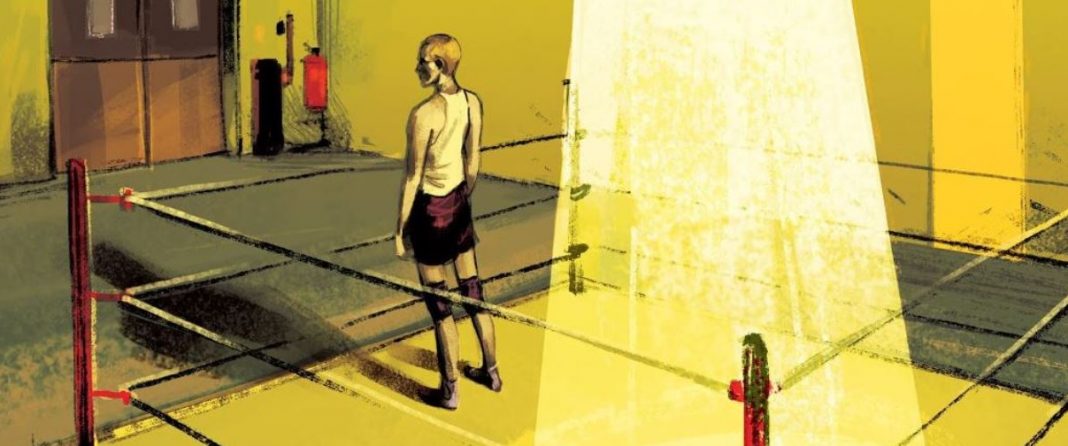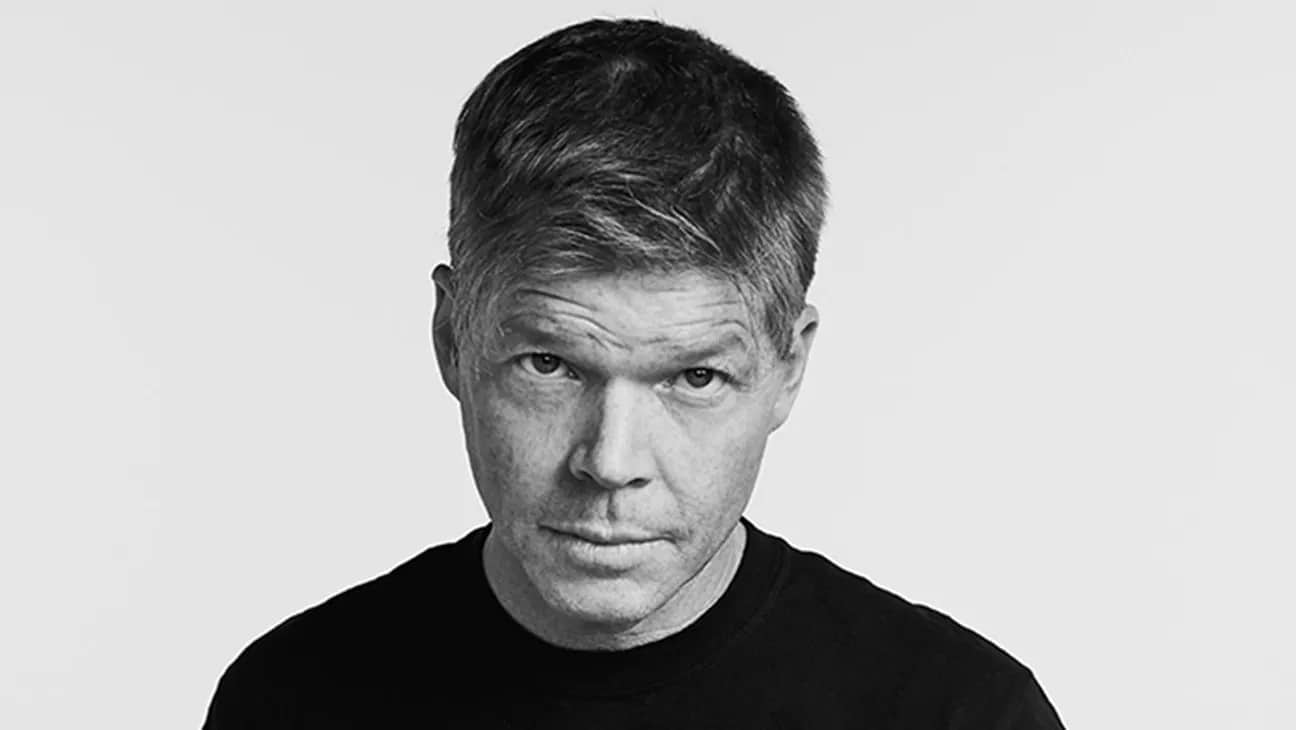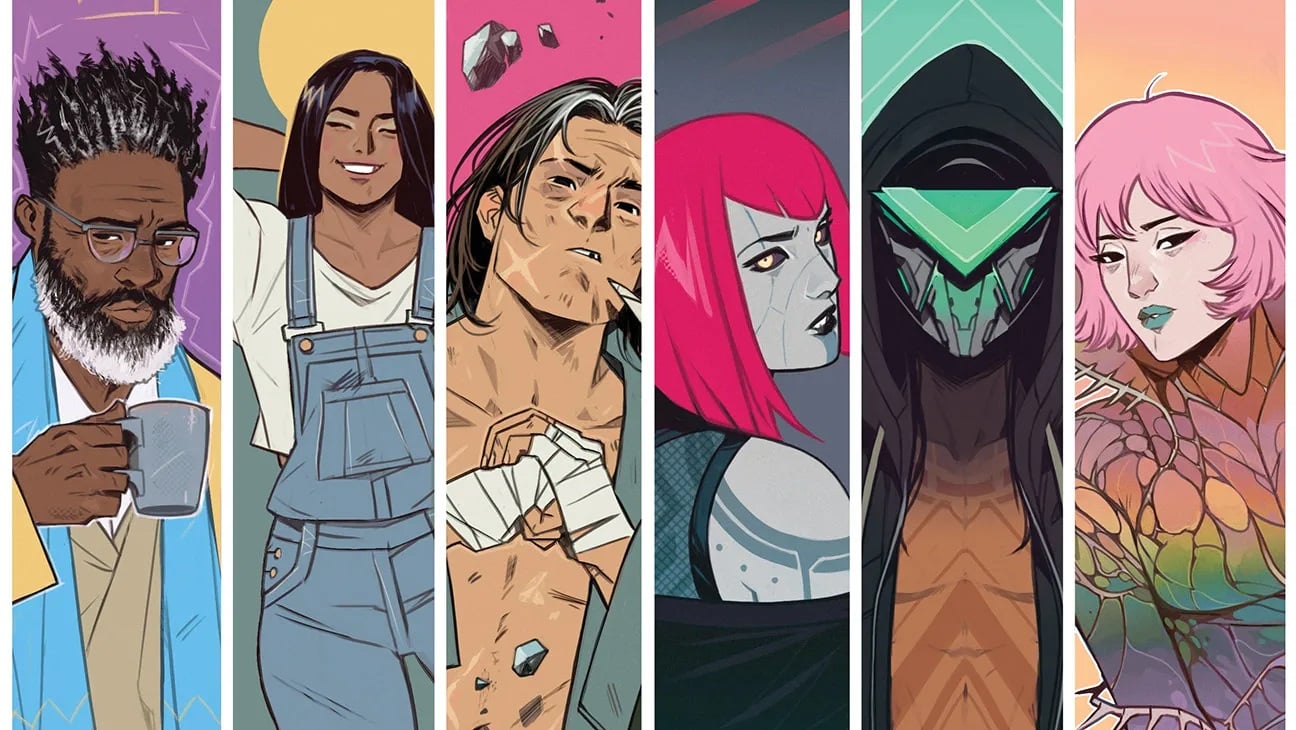The latest season of the Vice docuseries, Dark Side of the Ring, has gotten people to look back at wrestling in a not so nostalgic way. It’s a show that deals in dark myths, legends, and the truth behind them rather than in fireworks and the god-like qualities of the men and women who used to rule the ring. It’s more anti-sports entertainment than the opposite. It’s ugly and chilling. It also reminds of an Image comic book series created by Joe Keatinge and Nick Barber called Ringside, a comic that also looks to the dark side only to find fading glories and broken superstar dreams.
Ringside is like a Dark Side of the Ring episode in the making, a behind the scenes look at a tragedy. It follows a wrestler at the end of his rope, called Dan Knossos, as he enters his bleak retirement years with the intention of tying up big loose ends.
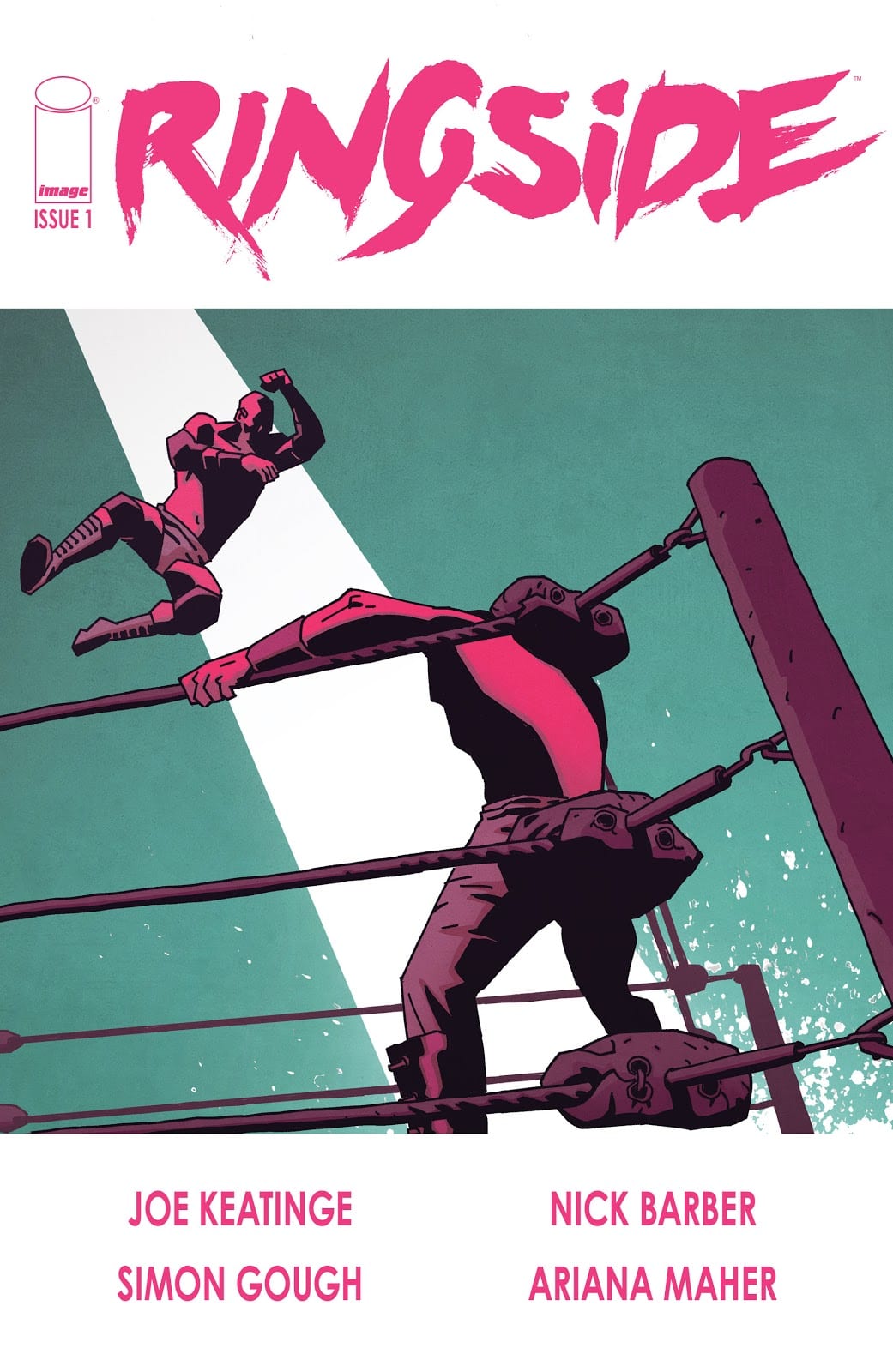
Knossos’ story doesn’t take up every page, though. The story shifts perspectives to hone in on the backstage politics of actual wrestling by following an older wrestler trying to remain relevant and a rookie wrestler stuck being a jobber (a wrestler that’s basically responsible for losing in convincing manner to make others look good in the ring, especially rising stars).
Where the comic succeeds is in never venturing too far from the wrestling apparatus as each story further delves into the demons hounding each character. The business—as wrestling is often called with heavy connotations of being screwed over thanks to the real life antics of WWE owner Vince McMahon—functions as the story’s specter, always present if not always seen. As such, Ringside is not interested in in-ring action, which doesn’t mean the comic isn’t about wrestling. In fact, it’s even more about wrestling due to this.
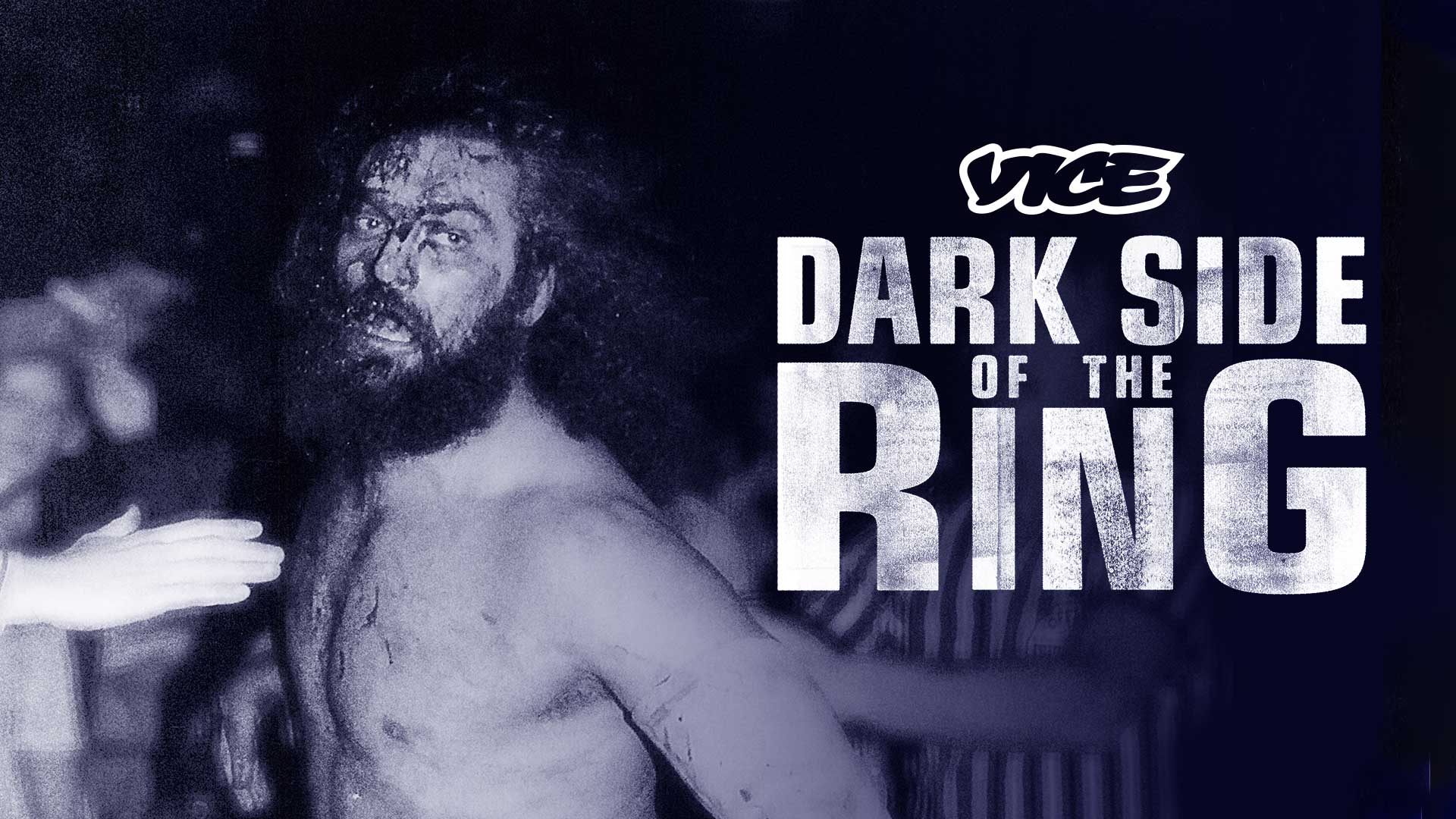
Ringside intersects with Dark Side of the Ring in this regard. The docuseries looks at wrestling as a way of life that has a propensity to turn bad and ugly due to the bombastic nature of that walk of life. Unlike actors and other public figures, the public persona doesn’t necessarily reflect the private persona. Leonardo DiCaprio isn’t Jack from Titanic when he’s off-screen. Emilia Clark isn’t Daenerys when she’s at home or walking the street.
Wrestlers on the other hand bring their characters with them everywhere, as if they were costumes superglued to their skins. They can’t break kayfabe, or the illusion wrestling is real (even if that illusion’s been broken for some time). For instance, when Dark Side of the Ring presents the story of Jimmy “Superfly” Snuka as the likely murderer of his girlfriend Nancy Argentino in 1983, few will refer to the man by any name other than Superfly Snuka. I’d bet most don’t even know his real name (it’s James Wiley Smith). And it’s not because people are just that gullible. It’s because Snuka was Snuka inside and outside the ring. That was the life, however good or bad it turned out to be. Real names in wrestling are fun facts, curious ‘did you knows.’
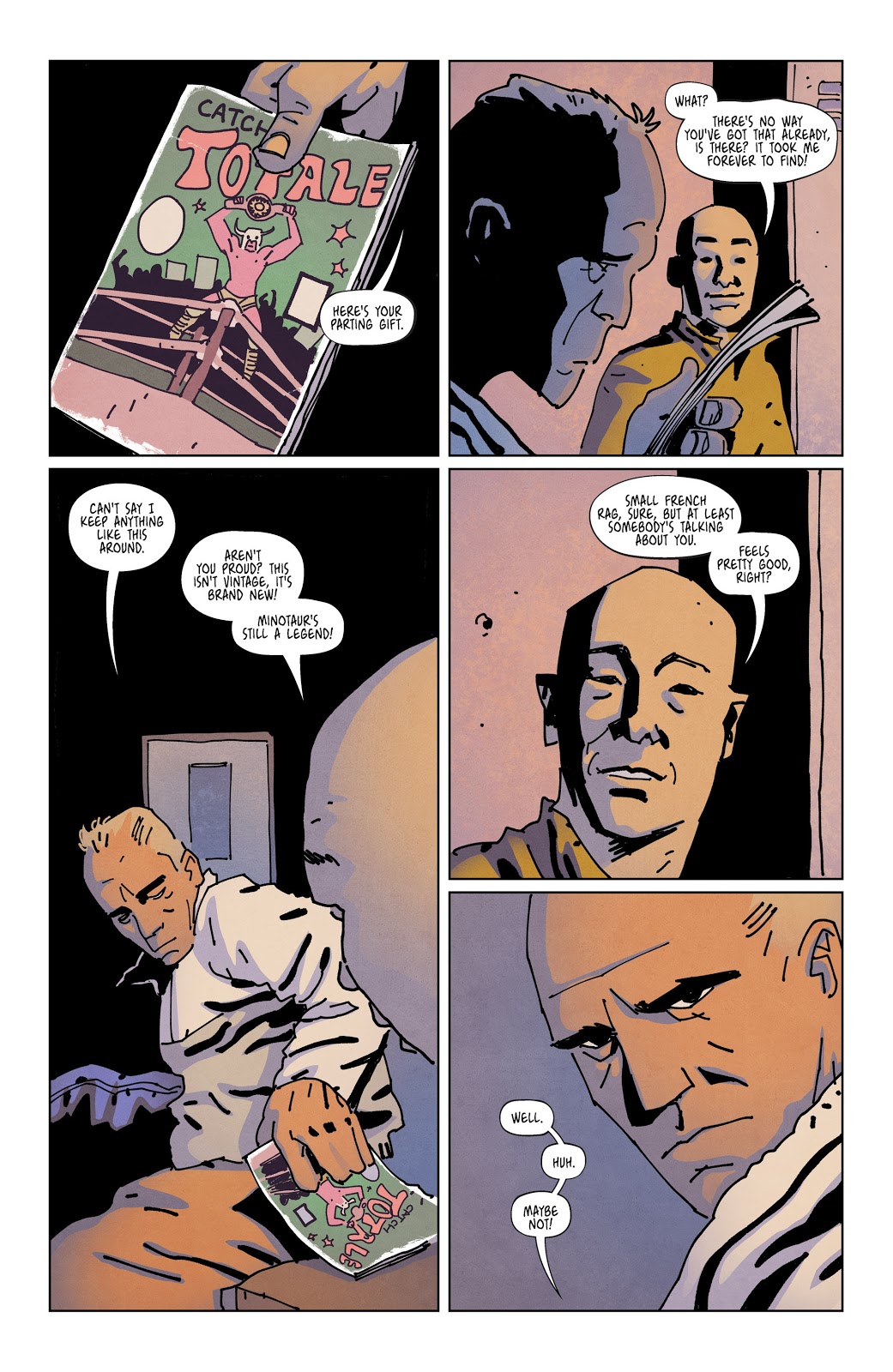
Ringside captures this dynamic excruciatingly well and it brings the more tragic aspect of wrestling to the forefront. Dan Knossos, whose wrestling name was The Minotaur, is constantly faced with characters whose only point of reference is his wrestling career. They often refer to him as The Minotaur, no thought given to the possibility he has a real name. It’s as if kayfabe can’t be broken, hard as one might try even beyond retirement.
The Minotaur moniker is also a kind of metaphor for the maze-like world professional wrestling can be once your inside it, owning up to the Greek myth it alludes to. Ringside’s wrestlers all talk in their own linguistic code, dropping terms and specific words in casual conversations that only those who speak wrestling can make sense of (such as ‘mark’ and ‘shoots’).
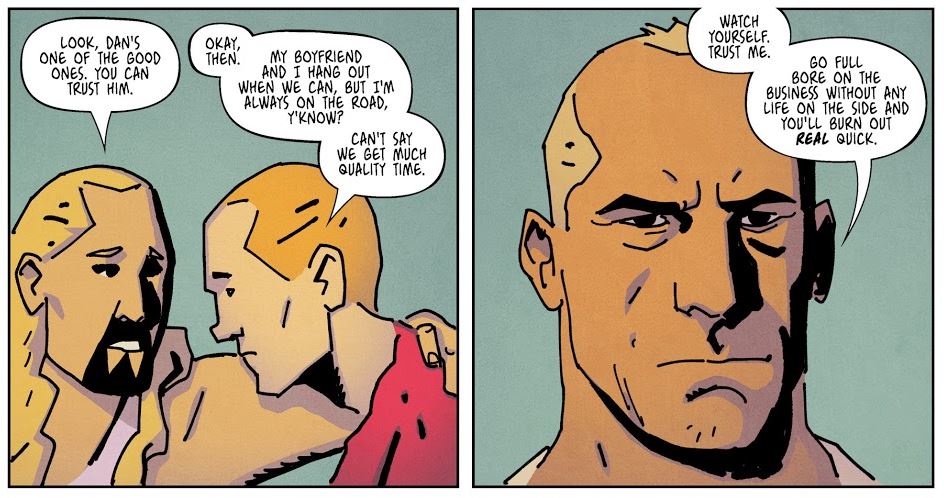
This is what I meant when I said wrestling is a way of life. It comes with its own language, culture, and identity. And when that way of life turns dark, it goes straight into the void.
There are several nods to real life wrestling in Ringside, a lot of which have already been explored in Dark Side of the Ring. If you’re thinking of diving into the comic (which I highly recommend), I’d give Dark Side of the Ring a look first to connect the dots and see what might’ve inspired some of its characters.
Must-see episodes include “The Slap Heard Across the World,” about the time Dr. D Schultz slapped 20/20 reporter John Stossel when asked if wrestling was fake; “The Match Made in Heaven,” about the marriage and wrestling legends of Macho Man Randy Savage and Miss Elizabeth and how contentious their shared history was; and “The Assassination of Dino Bravo,” about Bravo’s last years in wrestling and how the fall of his career led to a fatal involvement with the Canadian Mafia.
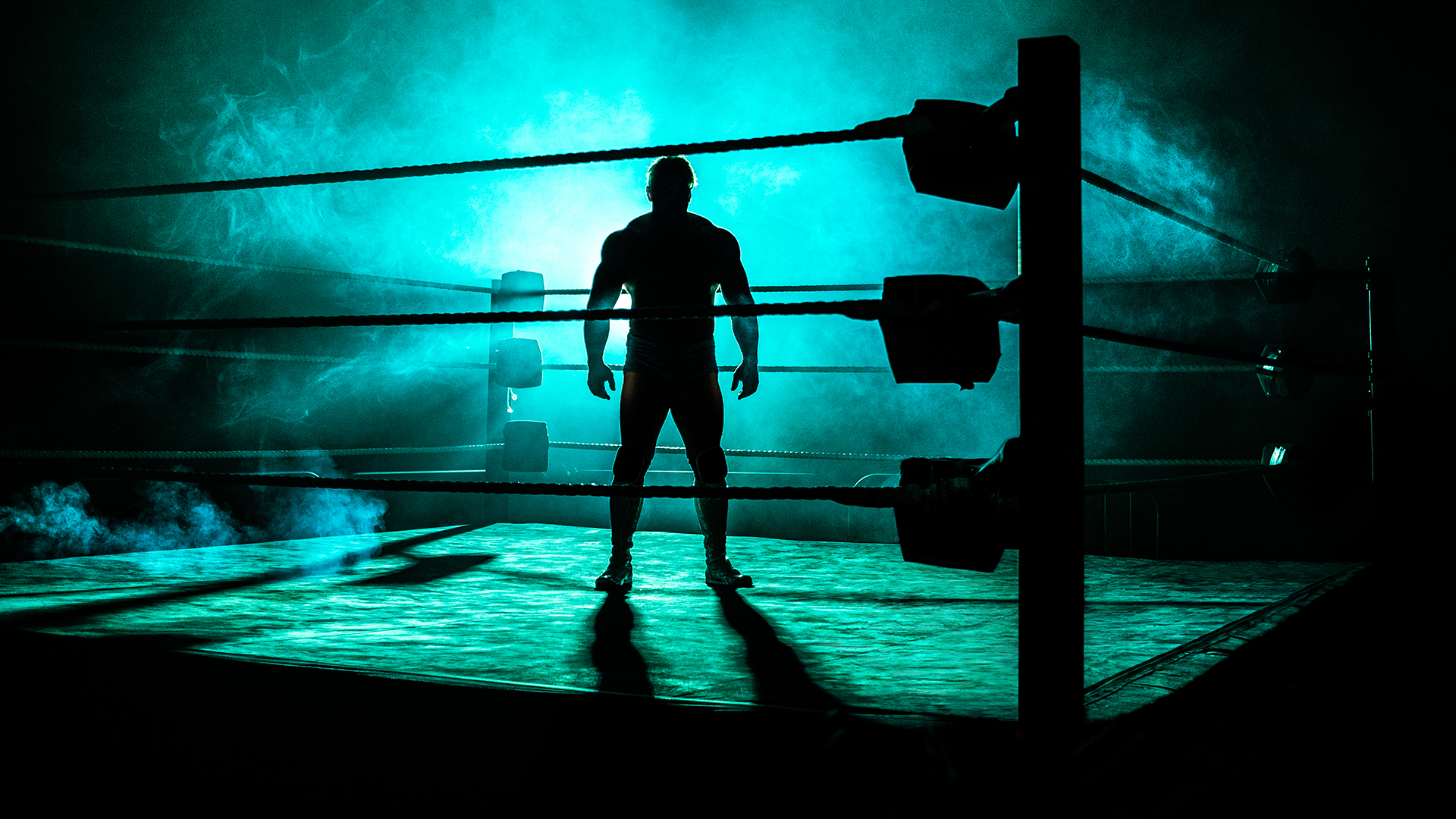
Snuka’s episode is also a good one to watch as it shows just how pivotal Vince McMahon’s role was in some of these dark and twisted events, going as far as to insinuate he intervened in police investigations and had more than a hand in ending several wrestling careers.
Ringside deserves a read in these troubled times, especially when Florida declared wrestling an essential business in the middle of the COVID-19 pandemic. Wrestling itself holds a strange hold over pop culture and the comic is a great exploration of why that is as well, if you can read between the lines. Just consider that people still argue if wrestling’s fake or not, despite everything that’s been revealed up to this point. Wrestling is just magnetic, and when it grabs on to you it grabs on tight. Its darker side just makes it more enticing, more mythic. That’s a scary thought and both Ringside and Dark Side of the Ring venture into it with open arms.
